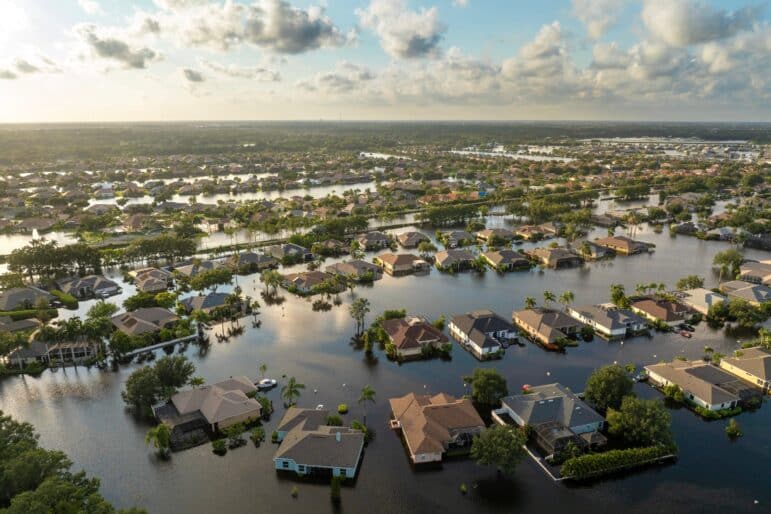The Hollings Center’s Resource Resiliency initiative fosters dialogue on sustainable solutions for managing vital resources such as water, energy, and food. The program emphasizes the role of infrastructure, governance, and development planning in ensuring reliable access and long-term resource stability across regions.
Resources, Infrastructure, and Development Initiatives
The Hollings Center’s Resources, Infrastructure, and Development initiative brings together policymakers, infrastructure experts, development professionals, and academic researchers to address the critical challenges of ensuring reliable access to essential resources such as water, energy, and food. As demand for these resources continues to grow due to population increases, urban expansion, and economic development, the stability and efficiency of resource systems have become pressing concerns, particularly in regions where supply is limited or infrastructure is under strain. This initiative explores how effective planning, investment in infrastructure, and regional cooperation can strengthen systems to withstand disruptions and meet long-term needs.
Through dialogue-based meetings, the program provides a neutral platform for cross-sectoral stakeholders to share knowledge, best practices, and innovative strategies that support the reliability and performance of resource networks. Key areas of focus include improving water delivery systems, modernizing energy infrastructure, addressing inefficiencies in agricultural supply chains, and promoting integrated approaches to resource governance. The initiative also considers the role of public-private partnerships, regional coordination, and institutional capacity in building systems that are not only reliable but also comprehensive. The Resources, Infrastructure, and Development initiative emphasizes development-oriented solutions that prioritize economic growth, infrastructure improvement, and long-term planning. It encourages participants to think beyond immediate needs and consider how governance structures, investment strategies, and technological advancements can be aligned to support sustained access to essential resources.
By facilitating these discussions, the Hollings Center aims to contribute to more robust, adaptable, and efficient systems that support regional stability and prosperity. The initiative ultimately seeks to promote practical, actionable solutions that can be implemented across different contexts, helping communities and governments build the foundational capacity needed for continued development and resilience.
Resources, Infrastructure, and Development: Snapshot Reports

Myanmar & Southeast Asia
Experts examine how Myanmar and Southeast Asia confront conflict, federalism, and regional cooperation amid ongoing instability

Disaster Management & Recovery
Explore key insights on disaster management and recovery, focusing on global cooperation, technology, engagement, and policy integration.

Smart and Sustainable Cities
How can smart and sustainable cities create fairer urban environments for all? Read the latest snapshot report.

Megacities
Megacities face shared challenges and opportunities in growth, development, and governance—explored in a Hollings Center dialogue in Jakarta.
Resources, Infrastructure, and Development: Videos

Food Security During COVID-19
The worldwide impact of the COVID-19 pandemic has caused various problems in the production of and access to food in Turkey. While the vacant supermarket

Urban Ecology in Arid Cities
Do cities in arid regions require a different development mindset? How can these cities think differently about their ecology? Huda Shaka discusses how some cities

Energy-efficient Systems for Smart Cities
Raed B’kayrat how energy planning and management systems can be developed in smart cities. He further outlines the role renewable energy sources can play in

What is Smart Transportation?
Jane Macfarlane discusses how transportation in urban environments has reached a tipping point. She highlights the types of data being collected and how it could